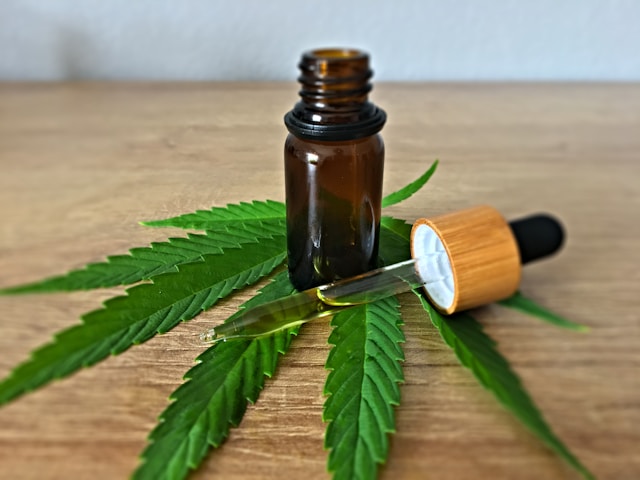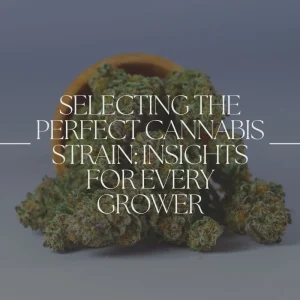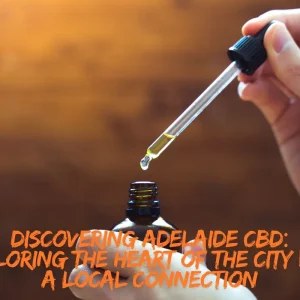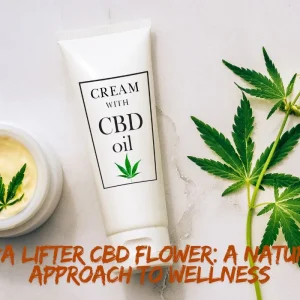In the rapidly growing market for CBD products, consumers are faced with a plethora of choices, including a wide range of CBD cartridges. While CBD (Cannabidiol) is known for its therapeutic benefits without the psychoactive effects, there’s often concern about the presence of THC (Tetrahydrocannabinol) — the compound in cannabis that causes a high.
For users looking to avoid THC due to personal preferences, legal reasons, or drug testing concerns, knowing whether your CBD Cartridge contains THC is crucial. This article explores how you can ascertain the THC content in your CBD cartridge.
Understanding CBD and THC
First, it’s important to understand the difference between CBD and THC. Both are cannabinoids found in cannabis plants, but they interact differently with the body’s endocannabinoid system. CBD is non-psychoactive, meaning it won’t get you high, whereas THC is psychoactive and responsible for the high associated with marijuana use.
Legal Thresholds
In many regions, including the United States, CBD products derived from hemp (a cannabis plant variety) are legal if they contain less than 0.3% THC by dry weight. However, even trace amounts of THC can be a concern for some users.
How to Determine if Your CBD Cartridge Contains THC
1. Lab Reports (Certificate of Analysis – COA)
The most reliable way to know if your CBD cartridge contains THC is by checking the Certificate of Analysis (COA). A COA is a document from an accredited laboratory that shows the quantity of various cannabinoids in a product. Reputable CBD brands will always provide access to COAs for their products, either by including them in the product packaging or by making them available on their website.
When reviewing a COA, look for the following:
- Cannabinoid Profile: This section shows the levels of CBD, THC, and other cannabinoids present in the product. Ensure that the THC content is below the legal threshold or at a level you’re comfortable with.
- Date of Analysis: Ensure the COA is recent to reflect the current formulation of the product.
- Accreditation: Verify that the laboratory conducting the analysis is accredited and recognized for its integrity and accuracy.
2. Product Labeling
While not as definitive as a COA, product labels can provide initial insight into the THC content. Legally compliant CBD products should clearly state their THC content. However, labels can sometimes be misleading or inaccurate, so they should not be your sole source of information.
3. Type of CBD
Understanding the type of CBD used in your cartridge can also give you clues about its THC content:
- Full-Spectrum CBD: Contains all cannabinoids found in the cannabis plant, including THC. While beneficial due to the entourage effect, it’s more likely to contain detectable levels of THC.
- Broad-Spectrum CBD: Includes most cannabinoids but typically has all THC removed. It offers a middle ground between full-spectrum and isolate.
- CBD Isolate: Pure CBD with no other cannabinoids, including THC. Products made from CBD isolate are the least likely to contain THC.
4. Brand Reputation
Choosing products from reputable and transparent brands can reduce the risk of unintended THC consumption. Look for brands that prioritize quality control, provide detailed product information, and have positive customer reviews.
5. Ask Questions
If you’re unsure about the THC content in a CBD cartridge, don’t hesitate to reach out to the manufacturer or retailer for clarification. A trustworthy company will be transparent and provide you with the information you need to make an informed decision.
6. Educate Yourself on Local Laws
The legal status of THC varies significantly around the world and even within countries, such as between states in the U.S. Familiarize yourself with the local regulations regarding THC and CBD products to ensure compliance. Some regions have stricter rules that might affect the availability of certain CBD products or dictate their THC content.
7. Understand the Implications of THC in Drug Testing
For individuals subject to drug testing, even trace amounts of THC in CBD products could potentially result in a positive test. It’s important to understand the sensitivity of the drug tests being administered (e.g., employment, sports organizations) and to consider this when choosing a CBD product. Opting for a CBD isolate product can minimize this risk, but it’s also crucial to review the COA to ensure the absence of THC.
8. Consider the Source of the Hemp
The quality of the hemp used in CBD products can affect the THC content. Hemp plants absorb substances from their environment, which can include pesticides, heavy metals, and other contaminants. However, this also means they can absorb THC if grown in conditions or soil that contain THC-rich plants. Look for CBD products derived from high-quality, organically grown hemp to ensure purity and compliance with THC regulations.
9. Be Aware of Cross-Contamination Risks
In some cases, CBD products might be inadvertently contaminated with THC during the manufacturing process, especially if a facility processes both THC and CBD products. Inquire about the manufacturing practices of the brand you’re considering to ensure they take steps to prevent cross-contamination.
10. Regularly Check for Updated COAs
The formulation of CBD products, including cartridges, can change over time. A product that previously had no detectable levels of THC might have a different formulation in a newer batch. Regularly checking for updated COAs can help you stay informed about the product you’re using.
Conclusion
Ensuring your CBD cartridge does not contain THC, or has it within your desired limits, is crucial for a worry-free experience. By relying on lab reports, understanding product labeling, knowing the type of CBD, choosing reputable brands, and asking questions, you can confidently select a CBD cartridge that meets your needs. Always prioritize safety and legality to enjoy the benefits of CBD without concerns over THC content.





